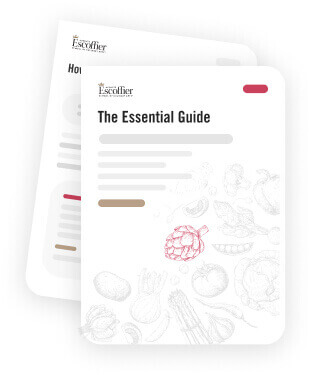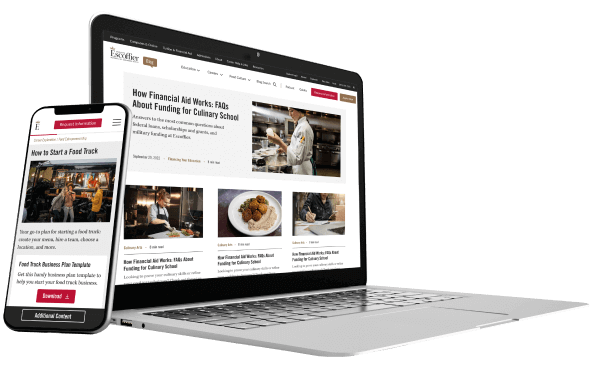For cooks that make meals ahead of time and aim to reduce food spoilage, the freezer is a critical asset. Freezing food can seem simple at first, but it can diminish the meal quality and flavor if you don’t follow best practices. Let’s take a look at five of the most important tips for putting your food on ice:
1. Some foods shouldn’t be frozen
Before throwing your meals in the freezer, look at the ingredients that you used. Some foods lose their quality after freezing, which won’t provide the best eating experience when thawed. Good Housekeeping noted that vegetables and greens become limp, eggs expand and crack, and sour cream separates when frozen. If these are essential elements to the dish, consider keeping these items out and adding them in later to preserve the frozen portions and maintain a quality meal.
2. Store wisely
The contents of your dish will dictate what type of vessel it should be stored in. Choosing the right container will prevent freezer burn and maintain the quality of the food. CookingLight suggested storing soups and stew in freezer bags, which can be stored flat and lock out air. If you want to ensure that your foods will be frozen quickly, store it in small servings, no more than 1 quart. Dividing your meals in this way will enable you to defrost only what you need and prevent waste. Be sure to label each container with the name of the dish and the date you put it in the freezer to keep track of your food stores.
3. Cool before freezing
After you’ve finished making your dish, don’t put it in the freezer right away. Heat from cooked food can raise the temperature and cause other foods to defrost. Allow items to cool at room temperature for about 20 minutes, then move them to finish cooling in the refrigerator while they’re still a little warm. Eat This, Not That suggested placing the warm food in a shallow, wide container and loosely covering it. This will allow heat to escape and protect from accidental contamination.
“Transferring food to the refrigerator one day before you intend to use it.”
4. Allocate time to thawing
When it comes time to use your frozen food, it’s essential to plan ahead and give yourself enough time for the dish to thaw. Budget Bytes suggested transferring the food to the refrigerator one day before you intend to use it. This will keep it within a safe temperature as it thaws and preserve the quality and flavor of the dish. Some foods have different thawing protocols. Bread and other baked goods can be thawed at room temperature or placed straight into the toaster thanks to their airy texture. For soups, sauces and other liquids, simply cut the bag away, place the block in a sauce pot and reheat over low heat with a lid while stirring often.
5. Prevent small items from clumping
If you’ve ever used frozen berries, you likely know that they all get frozen together when in a bag. To prevent this situation from happening, spread out your small items like meatballs, cookie dough and fruit pieces on a baking sheet and put them in the freezer. Once they’re solid, transfer to a freezer bag. This will keep them from sticking together and preserve the food’s quality.
Freezing food is an essential technique for culinary students and home cooks alike. By following these essential tips, you’ll be able to freeze your meals for a future date, reduce waste and preserve the food’s taste. Experiment with freezing different items and check your fridge inventory often to manage your available options.

